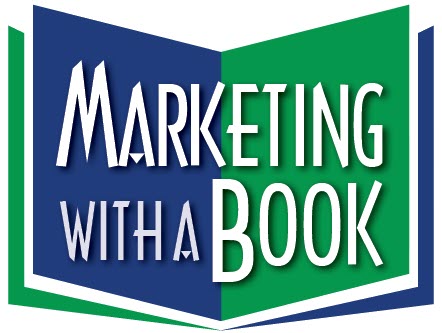![maister[1]](https://marketingwithabook.com/media/maister1-300x176.jpg)
Alas, David Maister has retired from writing and speaking but his wisdom remains. He is a must-read author for all consultants and professionals.
“Clients today are bombarded with articles, speeches and seminars that contain generalities and do not distinguish the author or presenter from any of his or her competent competitors,” says former Harvard Business School professor David Maister. In his highly regarded book Managing The Professional Service Firm (a must-read book for all professionals and consultants), he discusses how to demonstrate that you have something to offer that your competitors do not.
The answer, says Maister, is a neglected learning tool: conducting proprietary research on topics of interest to prospective clients. You don’t have to be a marketing research expert to pull this off. Here is a 10-step action plan to put this learning-into-earning strategy to work for you:
1.Conduct proprietary research you can use in seminars and publicity. Remember those lectures in science class about the scientific method? Well, it’s time to dust off that knowledge. The scientific method is about observing, forming a theory (or hypothesis) and then experimenting to test the results.
2. From your experience and observations, pick the three biggest problems you solve for clients and turn each problem into a research topic.
3. Ask yourself: “Will this research be relevant to potential clients and trade journal editors?” If no, rethink the topic. If yes, proceed.
4. Surf the Web to review the literature of books, articles and published studies that relate to your research topic. Collect data through opinion surveys, focus groups, and analysis of case studies. Probably the best thing you can do is interview about a dozen people who match the description of your target client. Tell them you are using the information to write an article (you are).
5. Analyze the data to draw conclusions and make recommendations. Write a summary report on the findings of your research (this can be as simple as a report or as elaborate as a book).
6. Use the research information in your seminars, speeches, how-to articles, Web site content and publicity
7. From the research and your experience, create your own defined problem-solving system that will help you attract clients. Outline what you already do to solve client problems. Then break this process down into a series of defined steps (usually from five to seven are enough).
8. Give the process an intriguing name, typically no more than four words. Begin with “The” and end with “System,” “Process,” or “Methodology” for your proprietary process name.
9. Search the U.S. Patent Office Web site (www.uspto.gov) to find out whether you can trademark the name (steer clear if it’s already been used in your industry). Seek legal protection of the process as intellectual property through the U.S. Patent Office. You can hire an attorney to help you or do it yourself based on the instructions on the Patent Office Web site.
10. Include the process on your Web site, but only give enough detail to describe it in general, so you have room to adapt it for each selling situation. Also include the process in your speeches, seminars and proposals. Continually improve the process, and be sure to document the improvements.
